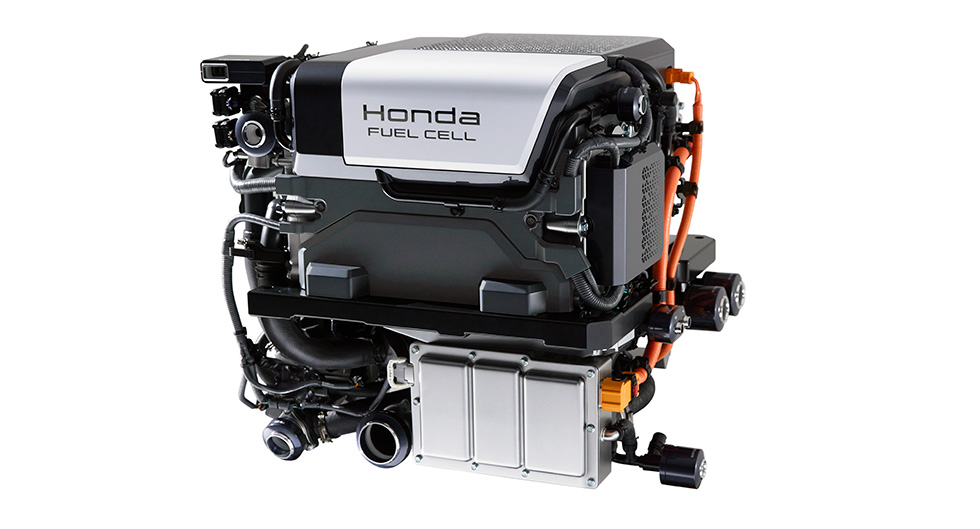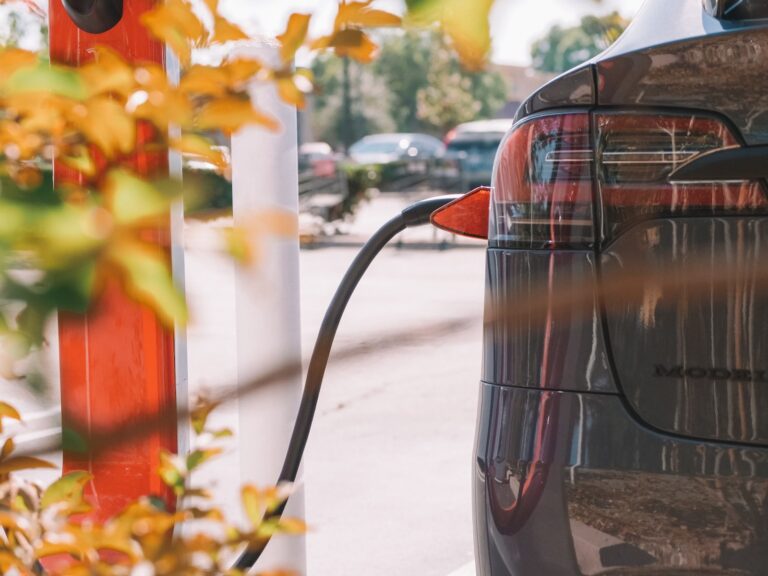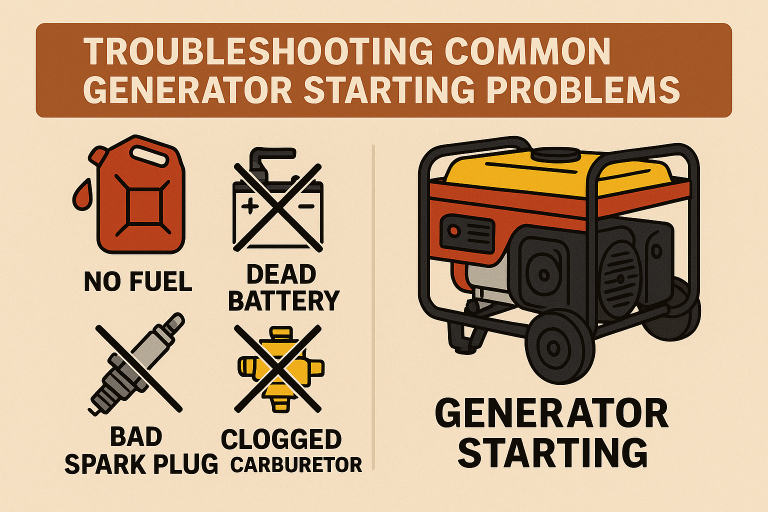Honda Debuts Revolutionary Fuel Cell Innovations with Unprecedented Performance Leaps
TOKYO, Japan – At this week’s H2 & FC EXPO, Honda made waves with its announcement of a next-generation fuel cell module and stationary power generator, touting dramatic improvements in cost, durability, and efficiency. While the automaker’s vision for a hydrogen-powered future is ambitious, industry observers are left weighing its potential against the stubborn realities of infrastructure, competition, and market readiness.
A Leap Forward for Hydrogen Tech
Honda’s Next-Generation Fuel Cell Module appears to address longstanding barriers to hydrogen adoption. By slashing production costs by 50% and tripling energy density compared to its 2024 model (developed with GM), the company claims the module could democratize access to fuel cell technology. A 150 kW output and cold-start capability at -30°C position it for heavy-duty vehicles, construction equipment, or even aviation—a market hydrogen advocates see as a critical frontier.
The module’s compact design (730W × 580D × 700H mm) and lightweight build (250 kg) make it adaptable for a variety of applications, from trucks to backup power systems. Honda’s focus on volumetric power density—a measure of energy output per unit volume—has resulted in a threefold increase, enabling more flexible installation layouts. This is particularly important for industries like logistics, where space is at a premium.
Equally notable is the Fuel Cell Power Generator, a scalable system leveraging Honda’s CR-V e:FCEV tech to provide zero-emission backup power. Its 10-second startup time and modular design (up to 1,000 kW output) could appeal to industries seeking alternatives to diesel generators, especially in regions like California or the EU, where carbon regulations are tightening.
For proponents, this signals hydrogen’s viability beyond niche applications. “Honda is tackling cost and scalability—the twin Achilles’ heels of fuel cells,” said Dr. Akira Sato, an energy analyst at Tokyo Tech. “If these specs hold, it’s a meaningful step toward decarbonizing sectors batteries can’t easily reach.”
Infrastructure Gaps and the EV Shadow
Critics, however, urge caution. While Honda’s cost-cutting is impressive, fuel cells still face an uphill battle against plummeting battery prices. Lithium-ion storage costs have fallen 90% since 2010, and EVs dominate consumer and government agendas. “Hydrogen’s role is shrinking in light transport,” argued Clara Müller, a Berlin-based clean energy strategist. “Unless Honda targets trucks, ships, or industries needing rapid refueling, it risks investing in a solution without demand.”
Infrastructure remains another hurdle. Japan and South Korea have aggressively built hydrogen stations, but adoption lags in the U.S. and Europe. Even Honda’s home market has only 160 stations nationwide—far short of its 2030 target of 1,000. “Tech breakthroughs are irrelevant if you can’t fuel the vehicles,” noted Raj Patel of the Global Hydrogen Council.
Environmentalists also question hydrogen’s “green” credentials. Over 95% of today’s hydrogen is “gray,” produced from fossil fuels. Honda’s press materials sidestep this, though the company has pledged partnerships for renewable hydrogen production by 2030. “Zero tailpipe emissions are meaningless if the upstream process pollutes,” said Greenpeace’s Lena Fischer.
Lessons from the Clarity
Honda’s hydrogen journey has been fraught. Its first-gen Clarity Fuel Cell (2016–2019) struggled with high costs and limited range, while the 2024 CR-V e:FCEV hybrid remains a niche offering. The company’s pivot to modular systems—supplying tech to third parties rather than betting solely on consumer vehicles—suggests a pragmatic shift.
“This isn’t just about cars anymore,” said industry veteran Michael Dunne. “By selling fuel cells for power generation and heavy machinery, Honda is diversifying its bets. It’s a smart hedge against the EV dominance of Tesla and BYD.”
Yet challenges linger. Toyota’s Mirai and Hyundai’s Xcient trucks have already carved out market share, and startups like Nikola are vying for hydrogen trucking supremacy. Honda’s 2027 production timeline gives rivals time to counterpunch.
Hydrogen’s Role in a Carbon-Neutral Future
Hydrogen is often touted as a “silver bullet” for decarbonizing hard-to-abate sectors like steelmaking, shipping, and aviation. Unlike batteries, hydrogen fuel cells offer rapid refueling and high energy density, making them ideal for applications where weight and downtime are critical.
However, the technology’s success hinges on three key factors:
- Cost Competitiveness: Honda’s 50% cost reduction is a step in the right direction, but fuel cells must compete with both batteries and internal combustion engines.
- Infrastructure Development: Governments and private investors must commit to building hydrogen refueling and production facilities.
- Renewable Hydrogen Production: Scaling up green hydrogen—produced using renewable energy—is essential to ensure the technology’s environmental benefits.
Honda’s announcement aligns with Japan’s national hydrogen strategy, which aims to establish the country as a global leader in hydrogen technology. However, without similar commitments from other nations, Honda’s efforts may struggle to gain traction globally.
A Cautious Optimism
Honda’s innovations deserve recognition. Doubling durability and tripling power density are feats that could reinvigorate hydrogen R&D. For industries like shipping or steelmaking, where electrification is impractical, Honda’s tech might fill a critical gap.
But hydrogen’s future hinges on more than engineering. Policymakers must prioritize green hydrogen infrastructure. Consumers and businesses need cost incentives to abandon fossil fuels. And Honda must prove it can scale production while maintaining quality—a challenge that doomed its first-gen fuel cells.
As the expo buzz fades, the question remains: Is Honda pioneering a clean energy revolution, or chasing a mirage? The answer lies somewhere in between. Hydrogen’s role in decarbonization will likely be selective, not sweeping—and Honda’s latest gambit may secure it a slice of that niche, rather than the whole pie.




